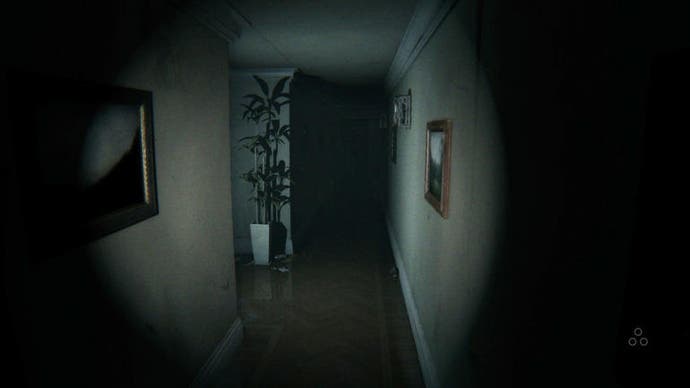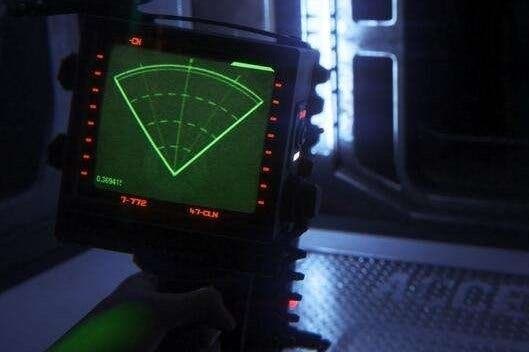Sometimes I wish more games were just a vertical slice
Always leave them wanting more, not less.
Sega is cutting cheques for consumers who felt Aliens: Colonial Marines was wildly different to the marketing videos used to promote it, but while that particular battle is over, the war of words between the publisher and Gearbox Software, which developed the game, certainly isn't. This week brings fresh squabbling to light. The respective parties presumably wish they could just dust off and nuke the whole sorry episode from orbit.
They can't, of course, and having played Aliens: Colonial Marines to completion myself last year in order to appear on a panel about it at the Glasgow Film Festival, I certainly hope everyone concerned has to waste at least as many hours dealing with its putrid aftertaste as I lost suffering through its wretched incompetence and incompletion. But I have moved on now (that ranty bit just then was a momentary lapse), so really what I thought when I saw the stuff this week was, well heck, those vertical slice demos are a double-edged sword.
In gaming terms, vertical slices are simply demos that illustrate progress in every component of a piece of work. They're the sort of things developers produce to pitch games to publishers, to convince publishers development is on track and, increasingly, to show to the public to drum up enthusiasm. And in Aliens' case, sending out that famous video is probably now considered a bit of an error - sort of on a par with sending colonists to LV-426 in the first place.

And there are other examples where at the very least it has created issues. As much as many of us enjoyed BioShock Infinite, for instance, it doesn't feel like a stretch to say it endured some difficult times as the developers strove to deliver the standard and style indicated by the original vertical slice demo shown to press and public. When the sword also swings the other way though, it can be glorious. Infinite endured a backlash in some quarters after release, but many of the people who played and enjoyed it probably owe their original enthusiasm to those famous presentations.
So really it's all about managing the expectations that develop based on what you put out into the world. One way to do that, of course, is to go further than usual in putting the work out there - by letting people actually play it. You could argue that Alien: Isolation has done this well in its public demonstrations. The section of the game offered up for exploration at public shows like EGX Rezzed has allowed curious players to roam representative environments, experience various game systems and of course get some face time - face-hugging time, perhaps - with the game's eponymous meandering terror.
It remains to be seen whether the full game, out next month, can sustain the kind of thrills encapsulated in the slice of Alien: Isolation members of the public have been able to play so far. After all, the thrill of a game like that is in the not getting too familiar. And for me that also raises another interesting thing about this phenomenon of letting people play the vertical slice: might we better off, in some cases, if the vertical slice was the entire game?
We already have PT, the now-infamous playable teaser for Hideo Kojima and Guillermo del Toro's future-bound Silent Hills game. As Jeffrey's already argued elsewhere, PT is kind of an amazing game in its own right. So is Slender, which isn't much more than walking around in the woods for a few minutes until something makes you go "aaaaaaaAAAAAAAAAA!" and leap out of your seat. Anyone who has played that Alien: Isolation demo at a public event would probably agree that it feels nicely formed, practically entire. It leaves you wanting more, but the fact there isn't any more is also part of its elegance and mystique.

Horror is a great genre for this sort of thing because it throws up precisely the kind of settings and scenarios where familiarity breeds contempt, so the whole thing is geared towards remaining elusive. But you can also see signs of it working in other genres. Metal Gear Solid: Ground Zeroes is pretty much a vertical slice for The Phantom Pain. That game offers another hint of a path forward for vertical-slices-as-games, too: it can be over very quickly, delivering great systems and ideas in a concentrated burst of high quality, but the way it then repurposes and reimagines itself suggests that the right kind of vertical slice can also expand to fill however much time you might want to devote to it.
There remains a question mark about how best to value this kind of work - Slender and PT were free, Ground Zeroes was forced to play around with its price to stave off an initial backlash - but there is also a lot to suggest that it's both desirable and sustainable. And at this point I should probably declare a little self-interest at the heart of this: I recently became a dad, so things I can play and enjoy that do not require that much time but are certainly willing to and capable of absorbing it are the sorts of things I am going to be on the lookout for in my own gaming habits.
But pricing and the evolving demands of older players are mere details in this really. The key thing is that vertical slices have been around in game development for many years, they often present great ideas in their most exciting and concentrated forms, and actually, with a bit of thought and planning, they are perfectly capable of making good games in and of themselves. Perhaps even - dare anyone admit it - something like that famously misleading Aliens: Colonial Marines slice. In some respects it's still a bad example - even with a bit more polish on display, it wasn't exactly in the pipe, five by five - but if a studio of great craft was given the job of making a 30-minute tribute to Aliens, which you can play over and over, as opposed to a six-hour game? I'd be up for that.
As Hicks himself famously recommended: short, controlled bursts.

